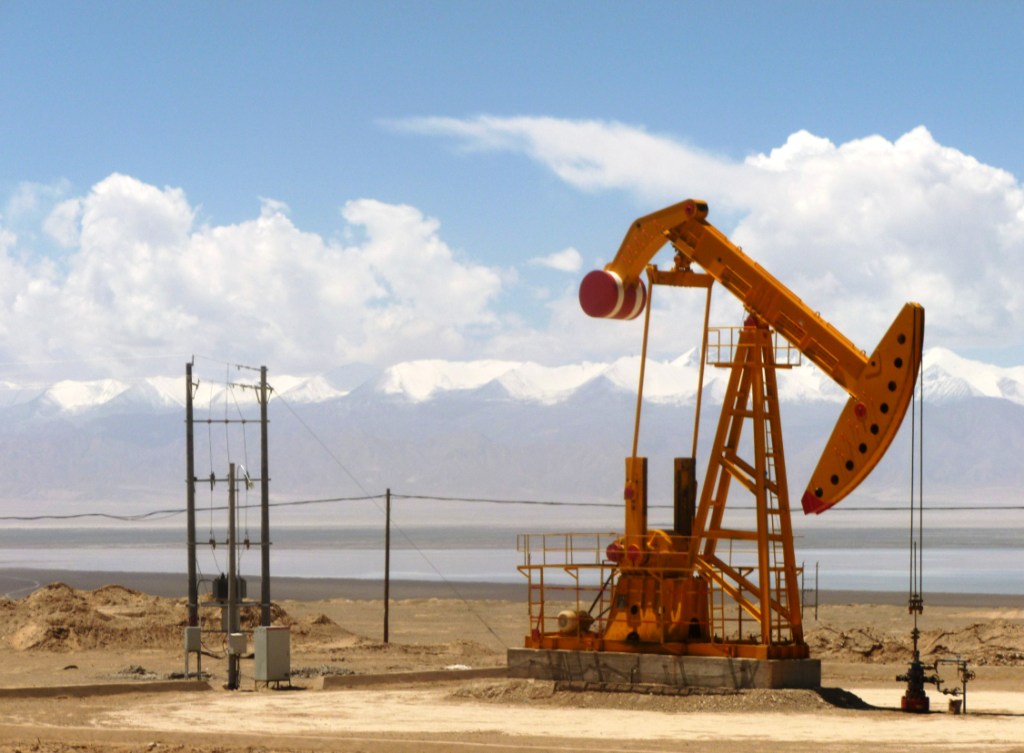Potential Emissions from Fossil Fuels
 A large amount of carbon is stored in the fossil fuel reserves held by publicly listed companies. Should these reserves be produced, this carbon will be emitted to the atmosphere in the form of carbon dioxide (CO2) and methane (CH4), and will play a central role in determining the severity of climate change. These potential emissions have therefore been the subject of increased attention and some controversy over the last few years. However, there is currently no consensus around how fossil fuel companies should calculate and disclose the potential emissions from their reserves. In response, the GHG Protocol is developing a recommended methodology that will cover the main accounting and reporting steps.
A large amount of carbon is stored in the fossil fuel reserves held by publicly listed companies. Should these reserves be produced, this carbon will be emitted to the atmosphere in the form of carbon dioxide (CO2) and methane (CH4), and will play a central role in determining the severity of climate change. These potential emissions have therefore been the subject of increased attention and some controversy over the last few years. However, there is currently no consensus around how fossil fuel companies should calculate and disclose the potential emissions from their reserves. In response, the GHG Protocol is developing a recommended methodology that will cover the main accounting and reporting steps.
Project objectives:
- Promote the transparent and consistent disclosure of the potential emissions from coal and petroleum reserves; and
- Enable meaningful comparisons of performance, both within and across companies.
- Fossil fuel companies needing to respond to stakeholder requests for disclosure;
- Civil society campaigning for greater transparency around the GHG impacts of different industries;
- Policy makers seeking to understand the importance of the coal and petroleum industries in terms of projected GHG emissions and (sub)national reduction targets; and
- Stock market listing authorities seeking to require fossil fuel companies to report potential emissions data in annual reports and/or listing prospectuses.
Download the draft for public comment.
The draft methodology is now available for public comment through April 15. We welcome feedback from any interested party and request that feedback be submitted through an online survey. A summary of all feedback received, together with how this feedback has been incorporated into a next draft of the methodology, will be posted on this webpage by May.
Contact
Stephen Russellsrussel@wri.org